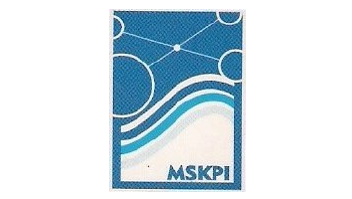INTEGRASI DATA MULTIBEAM BATIMETRI DAN MOSAIK BACKSCATTER UNTUK KLASIFIKASI TIPE SEDIMEN
Abstract
The multibeam echo sounder system not only obtained high precision in bathymetry data processing, but also obtaned a high resolution in seabed backscatter strenght data (BS). A number of studies have applied acoustic remote sensing method to classify seabed sediment type with multi-beam backscatter strength data, and obtained better classification results than the traditional sediment sampling method. The objective of this study was to integrating data obtaned from the multibeam echosounder which determined the bathymetry and seabed sediment type classification. This research using bathymetry data survey from multibeam echo sounder Kongsberg EM 2030C in the waters of the Kapuas River, Pontianak, West Borneo. The determination of the bathymetry was done by using the Combined Uncertainty and Bathymetry Estimator (CUBE) method, while determining the sediment type was done by using the Angular Response (ARA) and Sediment Analysis (SAT) method, installed on CARIS Hips and Sips software version 9.0. Results of unsupervised classification there are four types of sediments. The intensity sediment type of gravel between -16 dB to -13 dB, sand -22 dB to -17 dB, silt -26 dB to -23 dB and clay -34 dB to -29 dB.




















